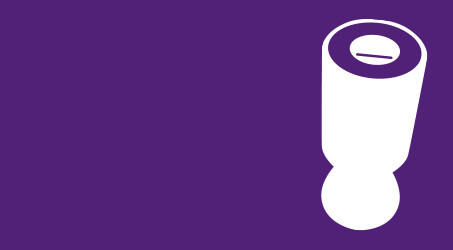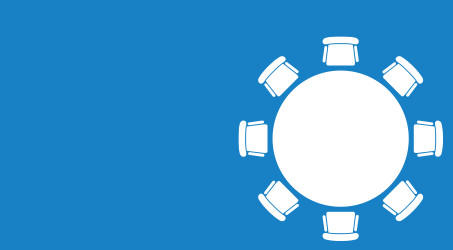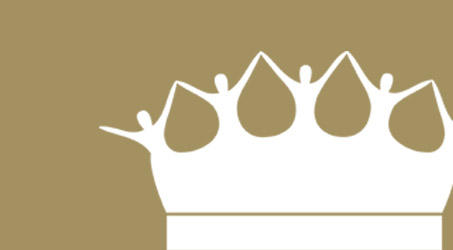Looking back at the year that was, Fundraising asked top bloggers in the sector to describe their favourite campaigns of 2013. Mark Phillips chose World Cancer Research Fund's annual fund campaign.
One of the problems of innovation in its current guise is that it gives us a licence to start from scratch. We can chuck out all the boring thinking of the past and come up with great new ideas instead.
That’s why I’ve chosen this humble-looking direct mail pack from the World Cancer Research Fund as my favourite piece from 2013. It’s firmly rooted in the history of great direct mail.
Hold it in your hand and it feels cheap. That could be a bad thing. But not here. The choice of paper stock simply means it is from an organisation that doesn’t waste money.
And then there’s the real stamp sitting in the corner. This isn’t a circular. It’s a letter. And it’s just for me.
Inside, we find a very short letter that doesn’t go in to much detail. I’m generally a fan of long letters, but what this piece lacks in content on the work of the organisation, it makes up for in personalisation.
The appeal is aimed at people in my town. It talks about me and my neighbours and offers us a chance to help in planning for the upcoming series of research programmes. The implication is that without my money, projects won’t be going ahead. It’s good stuff. But the personalisation doesn’t stop there. There’s also an uplift post-it stuck to the page that refers to me by name. The letter also appears to be hand-signed with a pen.
This ultra-personalistion is far from cheap. But it makes for a very effective pack. The reverse of the letter is taken up with tips on reducing my chances of developing cancer and describing the work of the WCRF.
And then we have the enclosures – stickers and greeting cards. Some fundraisers hate them. But, we should remember that many donors actively welcome them.
They give them a chance to show off. Send one of the branded cards to a friend and put an address sticker on your envelope and it says that you are a nice person. It’s not much different to clicking a ‘Like’ button on Facebook. But it’s a great deal more valuable in driving donations.
Finally we have the endorsement from a current donor who, though diagnosed with cancer, took the advice of the charity and survived.
It’s a great package that many other charities could learn something from. The only problem is that if it was heavily copied some of those techniques wouldn’t be quite as effective. So shhhh. Keep it quiet.
Mark Phillips is managing director of Bluefrog. He blogs at queerideas.co.uk
Other bloggers’ favourite campaigns were:
Bristol Children’s Hospital’s Gromit Unleashed by Lucy Caldicott
British Red Cross legacy campaign by Stephen George
Cancer Research UK’s Dryathlon by Lisa Clavering
Friends of the Earth’s Bee Cause by Craig Linton









